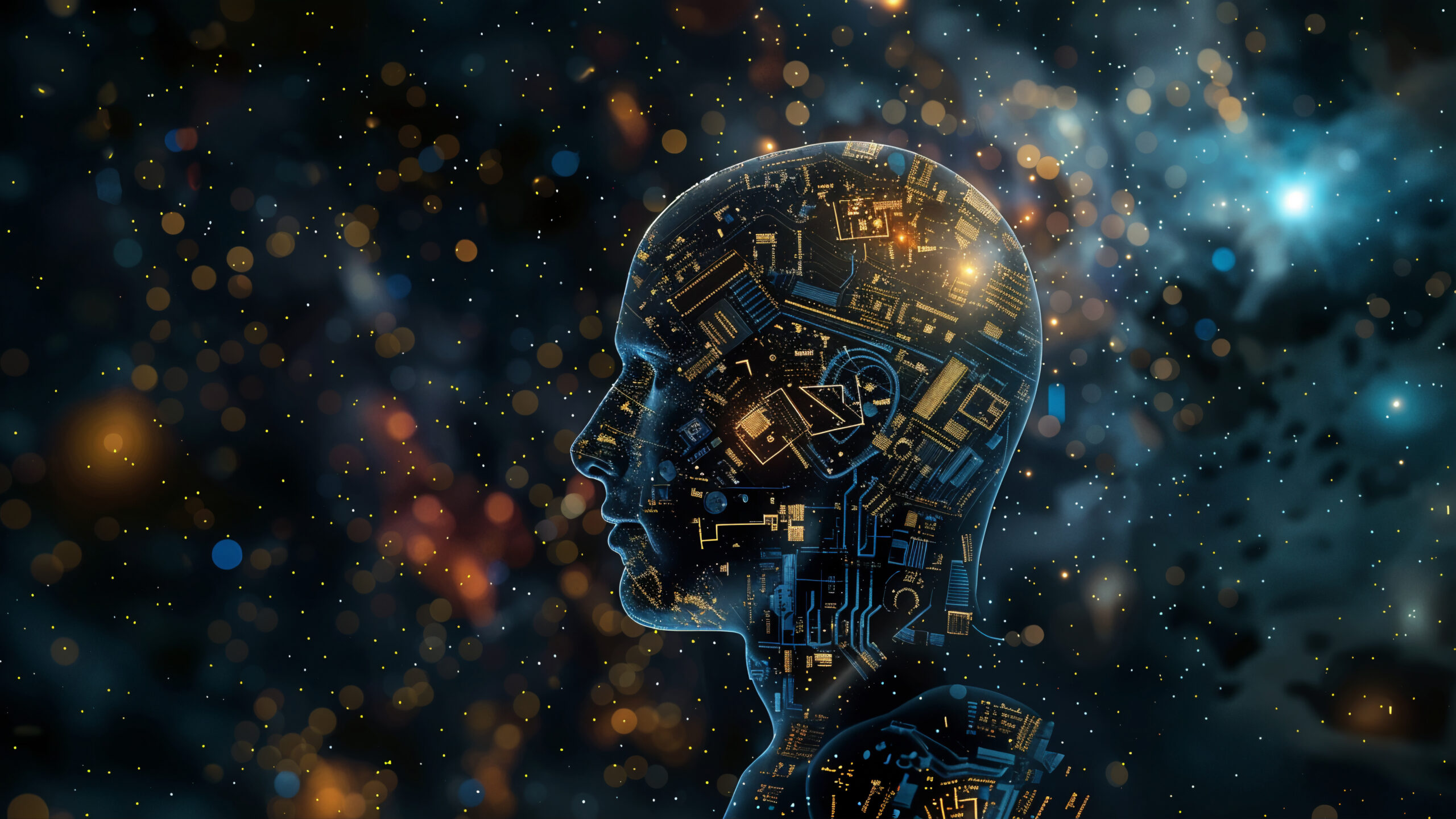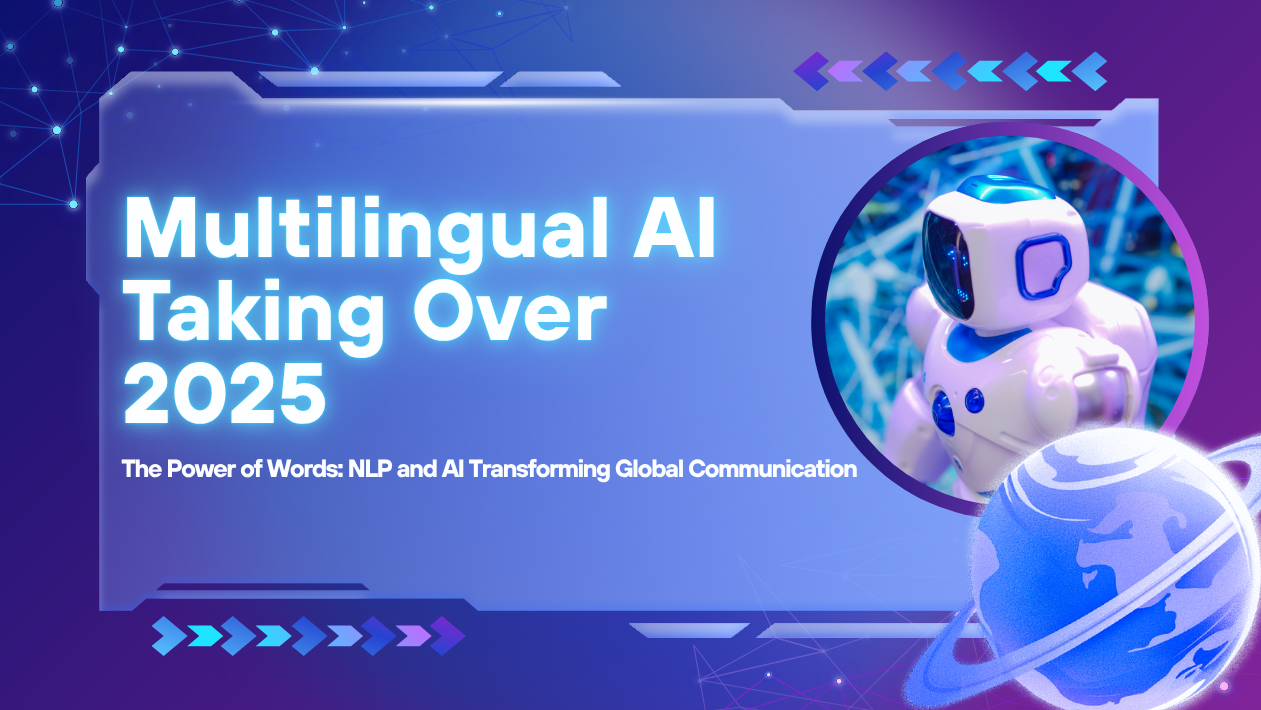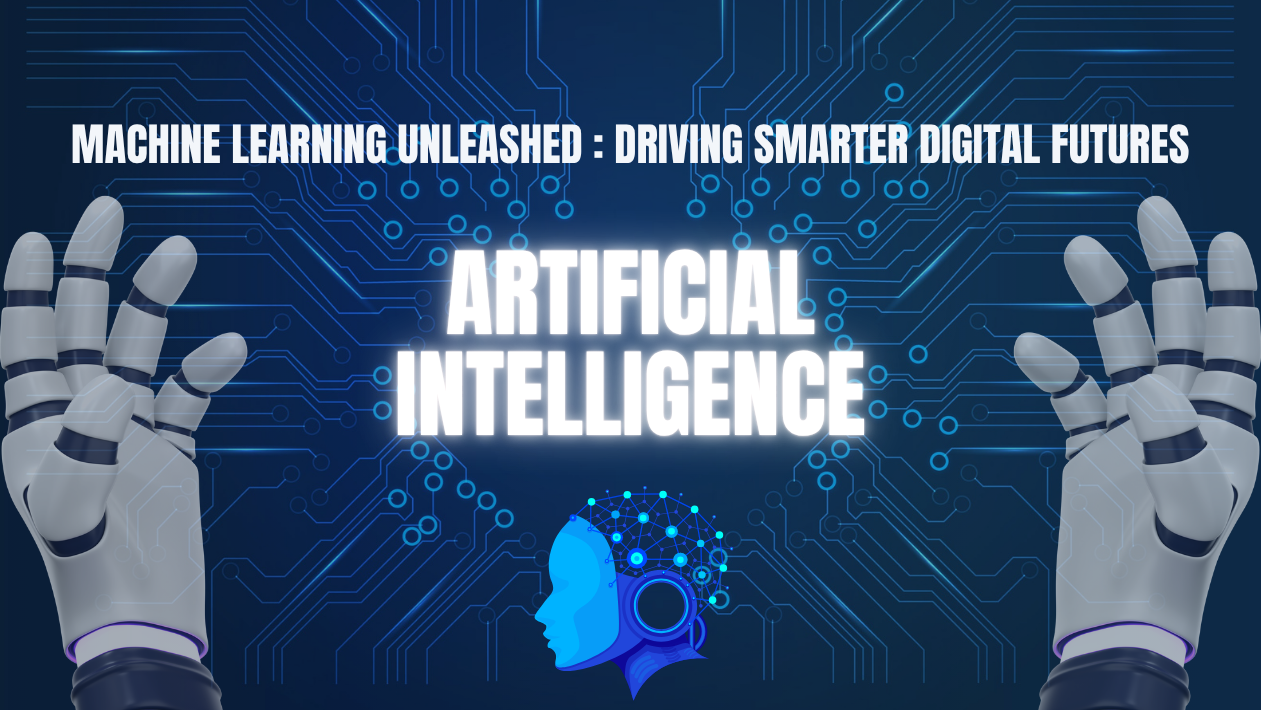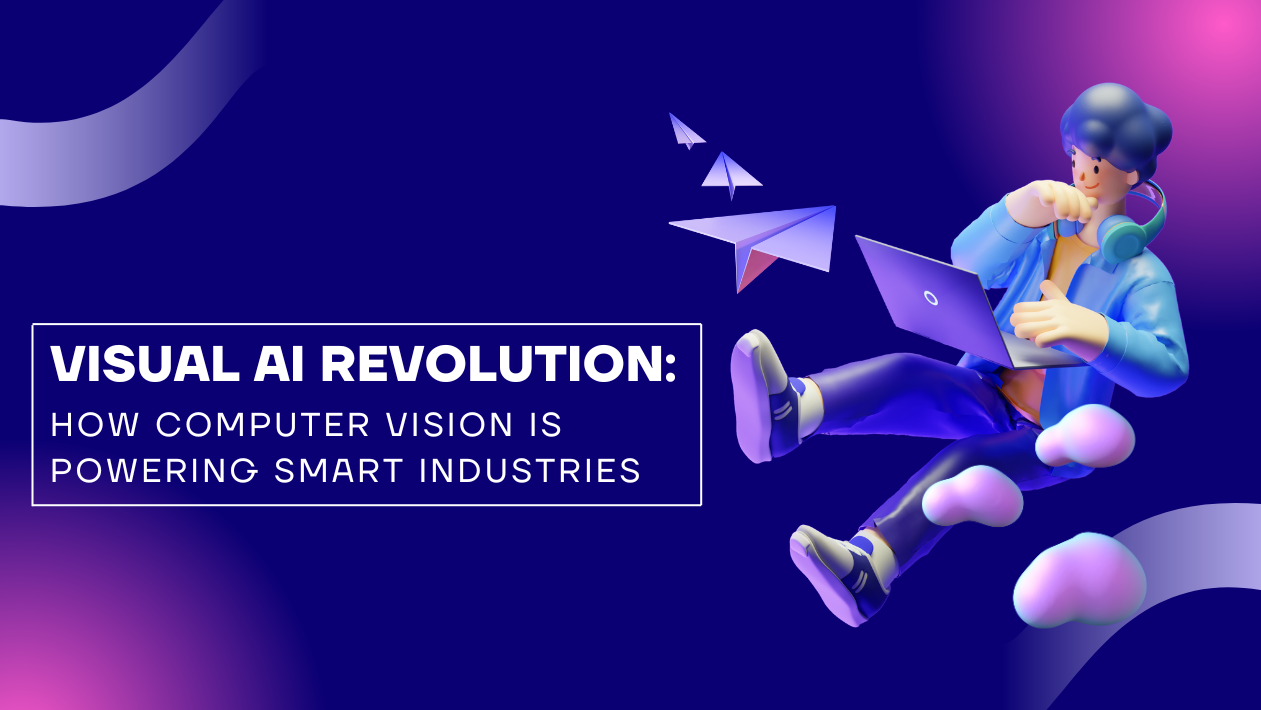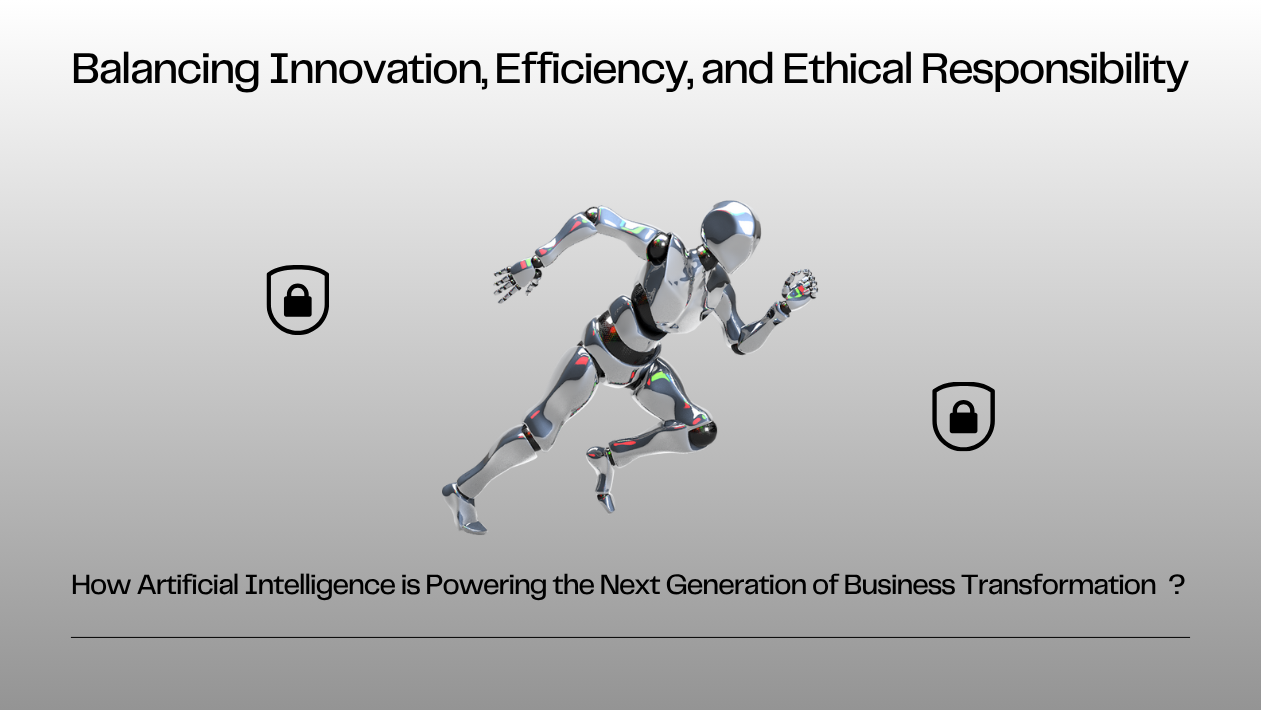In 2025, Machine Learning (ML) is no longer confined to research labs or big tech firms—it’s now embedded across industries, powering everything from real-time fraud detection and supply chain optimization to personalized healthcare and automated content creation.
According to Gartner, 90% of enterprise applications now integrate some form of ML, as businesses turn to data-driven automation to stay competitive and agile.
From Data to Decisions: ML Matures Across Industries
Organizations are using ML to shift from reactive analytics to predictive and prescriptive models. In retail, ML forecasts demand and personalizes recommendations. In finance, it powers algorithmic trading and credit scoring. In manufacturing, predictive maintenance minimizes downtime and maximizes output.
“ML has evolved from an experiment to a decision-making engine,” says Dr. Neha Rao, Chief Data Scientist at DataNova.
Edge Machine Learning Reduces Latency and Boosts Privacy
Edge ML—running models directly on devices like smartphones, cameras, or industrial sensors—is gaining traction. It enables faster processing, real-time responsiveness, and reduced data transmission.
Devices using Google Edge TPU, NVIDIA Jetson, or Apple’s Neural Engine are now performing ML tasks like image classification and voice recognition without cloud dependence.
AutoML Democratizes Access to Machine Learning
Automated Machine Learning (AutoML) platforms like Google Vertex AI, H2O.ai, and DataRobot allow non-experts to build and deploy ML models with minimal coding. This shift is enabling business analysts and domain experts to solve problems traditionally reserved for data scientists.
AutoML is expected to accelerate citizen data science, making ML more inclusive and scalable across departments.
Responsible AI and Model Explainability Take Priority
With AI systems influencing critical decisions, companies are prioritizing model explainability, fairness, and governance. Tools like SHAP, LIME, and IBM Watson OpenScale help developers interpret model outputs and detect bias.
Governments and regulators are enforcing stricter compliance, especially in sectors like healthcare, insurance, and public services.
Generative ML Expands Beyond Text and Images
While generative AI grabbed headlines for text and image creation, in 2025 ML is driving generative capabilities in code generation, drug discovery, game design, and robotics. New models trained with multi-modal data (text, video, sensor data) are unlocking applications never thought possible just a few years ago.
Outlook: Machine Learning as the Brain Behind the Digital Enterprise
Machine Learning in 2025 is the core intelligence layer behind smart businesses. As models become more efficient, interpretable, and autonomous, they’ll continue transforming how organizations operate, compete, and innovate.

